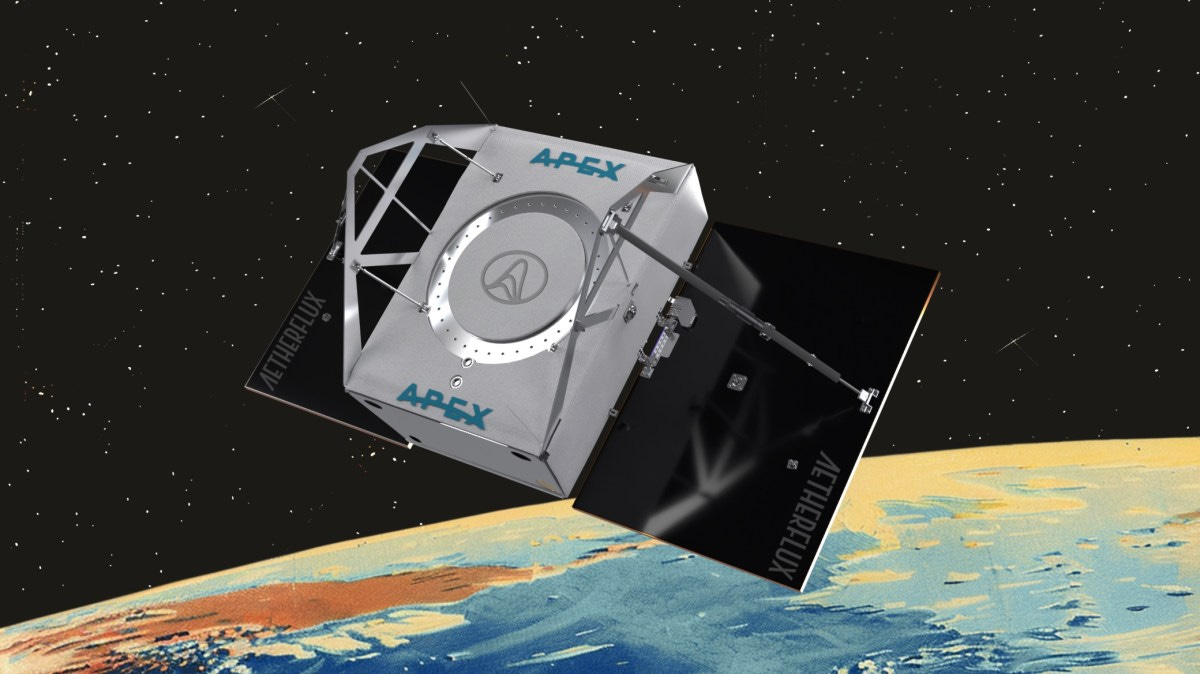Weekend Wire #2: Unpacking Container Port Efficiency & History Behind the Hose Clamp
October 12th, 2024
👋 Happy Saturday—we’re back again with another light read! This week’s highlights include a couple of interesting charts, stories, and a research paper on the fidelity of space-based solar power by NASA.
Interesting Chart: U.S. Container Port Performance 🚢
Some interesting charts from this week's Construction Physics that discusses the performance of US container ship ports and the presence (or lack thereof) of various automation technologies which are in widespread use globally. Container port performance measures how quickly and efficiently a port moves containers off ships, stores them, and gets them onto trucks or trains to keep goods flowing smoothly.


Interesting Video: The Hose Clamp Story 🗜️
A hose clamp serves two essential purposes: sealing a hose and securing its connection to whatever fluid it's carrying. The need for this simple device goes back several centuries, and New Mind put together a great documentary that walks through the evolution of hose clamp designs.
500 BC: Greeks use hammered copper rings to secure oxhide and ox intestine hoses for water transport and firefighting. These are among the earliest known hose clamps.
1880s: Introduction of the "hosebinder" or Cotter Type Hose Clamp, the first modern hose clamp which is still in use today. An expansion clamp is inserted into the connection and expanded to create a compression fitting.
1896: Knut Edwin Bergström patents the worm-drive clamp (Jubilee Clip). This is the most ubiquitous hose clamp still in use today and uses a screw-driven worm gear to tighten a clamping material.
Startup Highlight: Aetherflux, Space-Based Solar Power
Aetherflux, founded by Robinhood co-founder Baiju Bhatt, plans to launch a constellation of satellites in low Earth orbit equipped with solar arrays, batteries, and lasers to beam power directly to Earth. Although these satellites won’t always be in direct sunlight due to their altitude, Aetherflux aims to deploy thousands of them, collectively harvesting vast amounts of energy.
Space-based solar power (SBSP) isn't a new idea—it was first proposed by a Russian theorist in 1923, who suggested using space-based mirrors to concentrate sunlight on Earth. The concept gained significant attention from NASA in the 1960s and 70s but was ultimately deemed too costly to pursue at the time. This NASA study released in January explores the potential benefits and challenges of SBSP.
Event: Last Week’s Hardware FYI Dinner 🗓️
On Tuesday, we hosted a private dinner with Cofactr and AllSpice in San Jose. Our biggest yet—45+ hardware engineers and leaders from Apple, Tesla, Archer, Waymo, 4D Surgical, E2E Engineering, and more!
We're planning more events in the coming months in cities like SF, LA, Boston, and New York. If you're interested, fill out the interest form here to be notified first!









